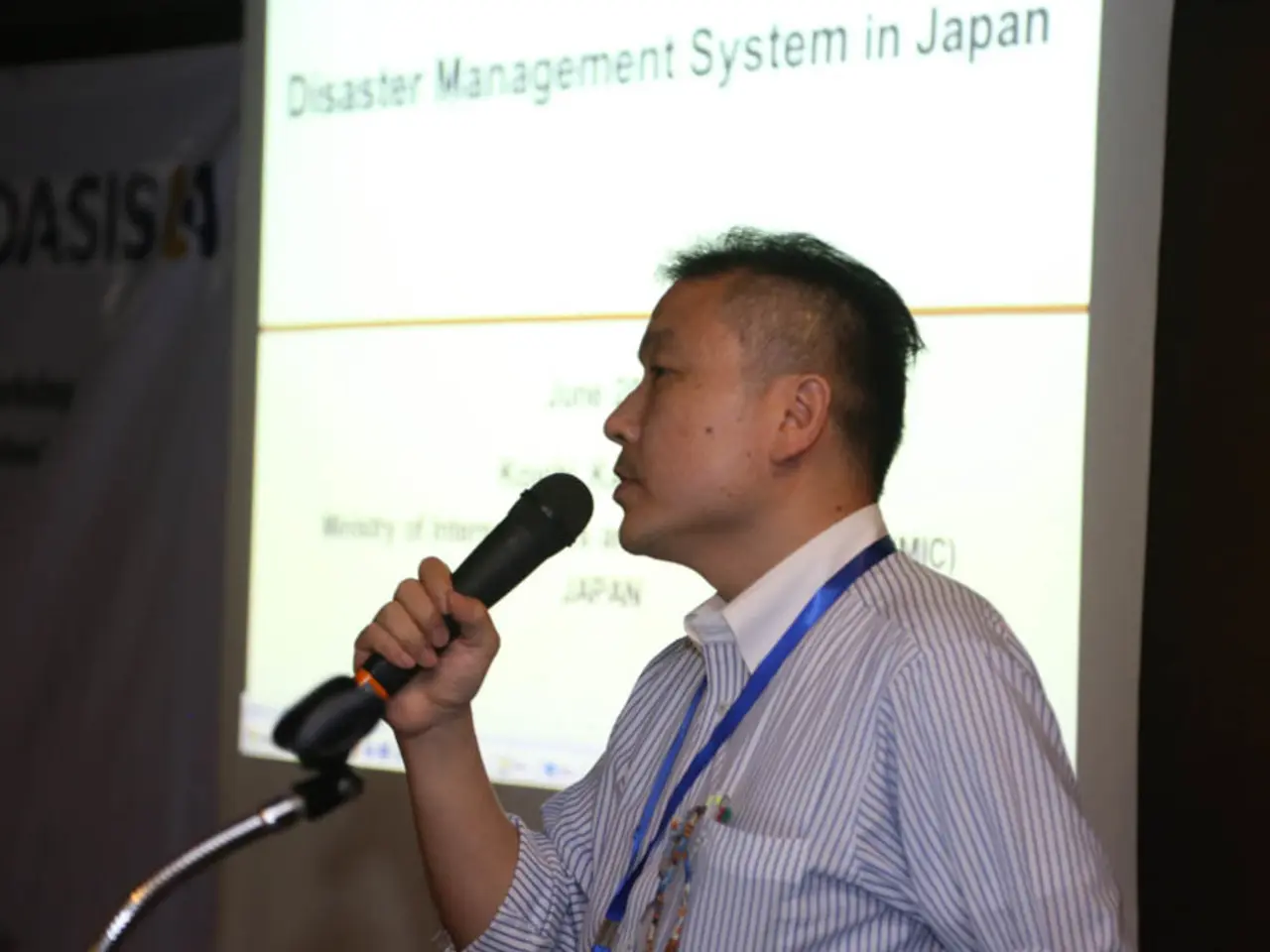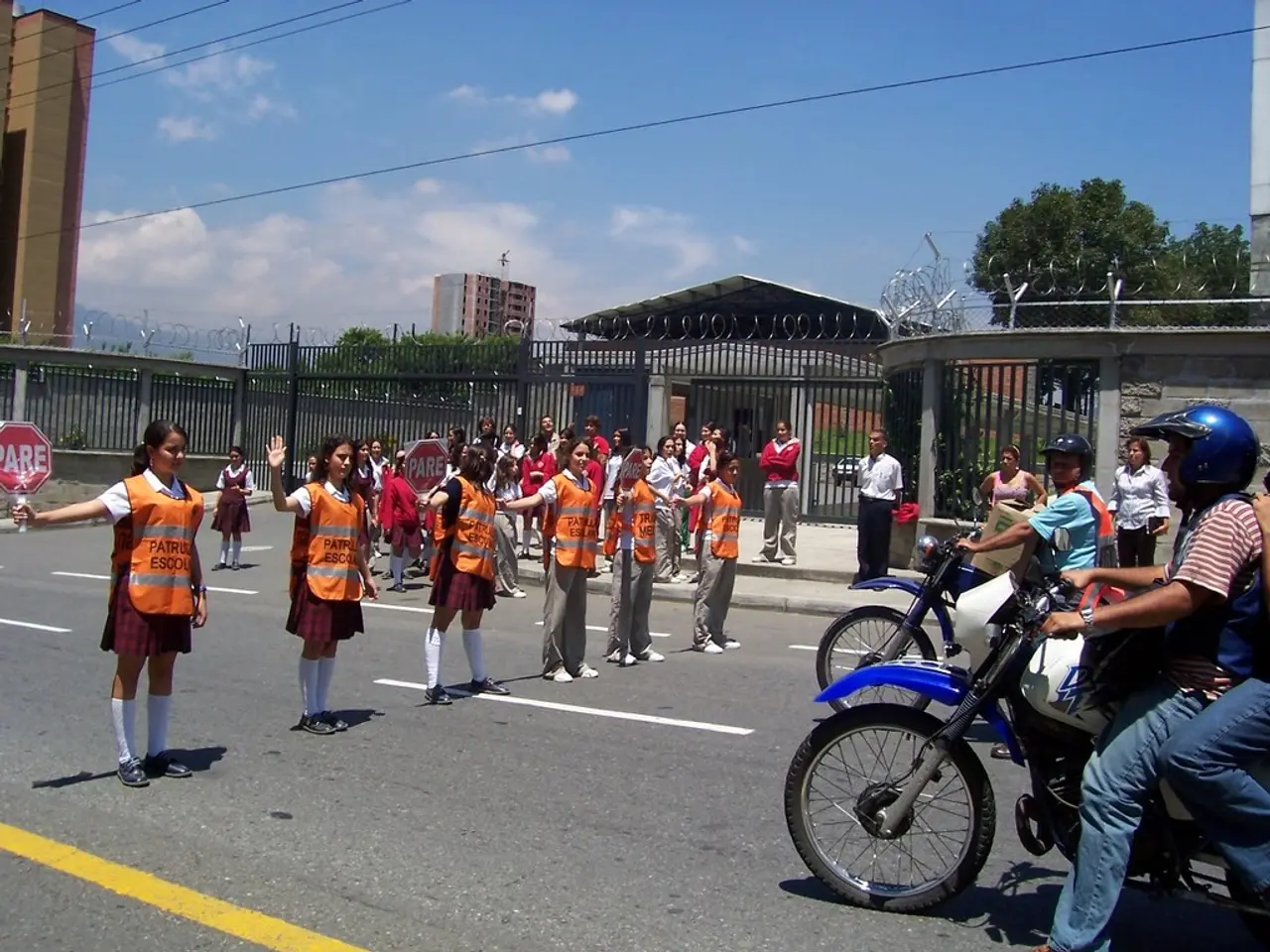Pacific tsunami waves unveiled symbols of a manga prognostication unfolding in parts of Asia
In the summer of 2025, a powerful 8.8 magnitude earthquake struck Russia's Kamchatka Peninsula, triggering tsunami waves that impacted northern Japan, especially Hokkaido Island, and parts of Russia. This event, while not occurring exactly on the July 5, 2025, date predicted by Ryo Tatsuki's manga comic book, "The Future I Saw," has reignited public interest in the prophecy.
Many interpret the disaster as a broader warning for the entire month of July 2025, with the scale and nature of the disaster (earthquake and tsunami) being close to the prophecy's description. The event has been highlighted in social media and news coverage, fueling speculation, discussions, and public anxiety around prophetic accuracy.
The earthquake and subsequent tsunamis happened 25 days after the originally predicted date, leading to debates about the timing but recognition of remarkable parallels between the manga's prediction and the real event. The disaster prompted safety measures and tsunami alerts across the Pacific, emphasizing vigilance in Japan and nearby regions.
The manga's prediction has been met with skepticism by seismologists, but its impact on public sentiment is undeniable. The manga gained popularity and became a cultural phenomenon in Asia, causing some tourists to cancel their trips to Japan. Oscar Chu, a 36-year-old traveler from Hong Kong, decided not to go to Japan earlier this summer due to concerns about the manga's prediction.
The Japanese government has repeatedly warned there is a 70-80% chance that Japan will be rocked by another Nankai Trough earthquake within 30 years. The Nankai Trough, a 700-kilometer-long subduction zone, has been a source of fears in Japan, with the highly-effective advanced warning system in Japan on full display this week, when local authorities issued evacuation warnings.
Despite the skepticism, some believe that Tatsuki's warning increased people's alertness and improved disaster prevention awareness. A user on the Chinese social media app Xiaohongshu wrote that Tatsuki's warning increased people's alertness and improved disaster prevention awareness.
However, the manga's prediction has been accused of being too vague to be taken seriously, with some fans believing she predicted the deaths of Princess Diana and Freddie Mercury. The number of bookings for Japan tours fell about 70% in June and July, compared with the same time last year, according to CN Yuen, managing director of Hong Kong-based travel agency WWPKG.
Despite the cancellations and concerns, some tourists are still planning to visit Japan. Chu plans to head to Japan in a few weeks, having coincidentally bought tickets on Wednesday morning. Not everybody is reassured, with some friends taking precautions like avoiding coastal areas or skipping the beach.
The manga's prediction of a natural disaster in July 2025 was the headline of a Hong Kong newspaper article, with the 2011 Tohoku disaster boosting belief in Tatsuki's supposed prescience, as her 1999 manga had the words "massive disaster in March, 2011" on the cover. The manga's prediction has sparked a wave of concern and uncertainty, but also a renewed focus on disaster preparedness and vigilance in the region.
- The disaster in July 2025, although not occurring on the exact date foretold by Ryo Tatsuki's manga, "The Future I Saw," has led to a surge in interest in books about education-and-self-development, focusing on personal-growth and disaster-preparedness.
- Social-media platforms have been abuzz with discussions on general-news, politics, and crime-and-justice, but the main topic of conversation remains the prophetic accuracy of Ryo Tatsuki's manga comic book.
- Furthermore, the impact of the manga extends to pop-culture, with many fans comparing the events to entertainment movies or series.
- Weather forecasting aids and services have seen an increase in usage, as people are eager to stay updated on the current weather and any potential accidents related to severe weather conditions.
- Some sports enthusiasts have turned to sports-betting, seeking an escape from the anxiety caused by the manga's prediction, with some focusing on basketball games for their betting preferences.
- The manga has also brought attention to Japan's history of natural disasters, specifically the Nankai Trough, adding an element of concern for potential accidents in the future.
- Even as the manga's prediction has sparked concerns and uncertainty, it has also led to a renewed interest in learning more about the history and culture of Japan, as some tourists plan to visit despite the warnings.




